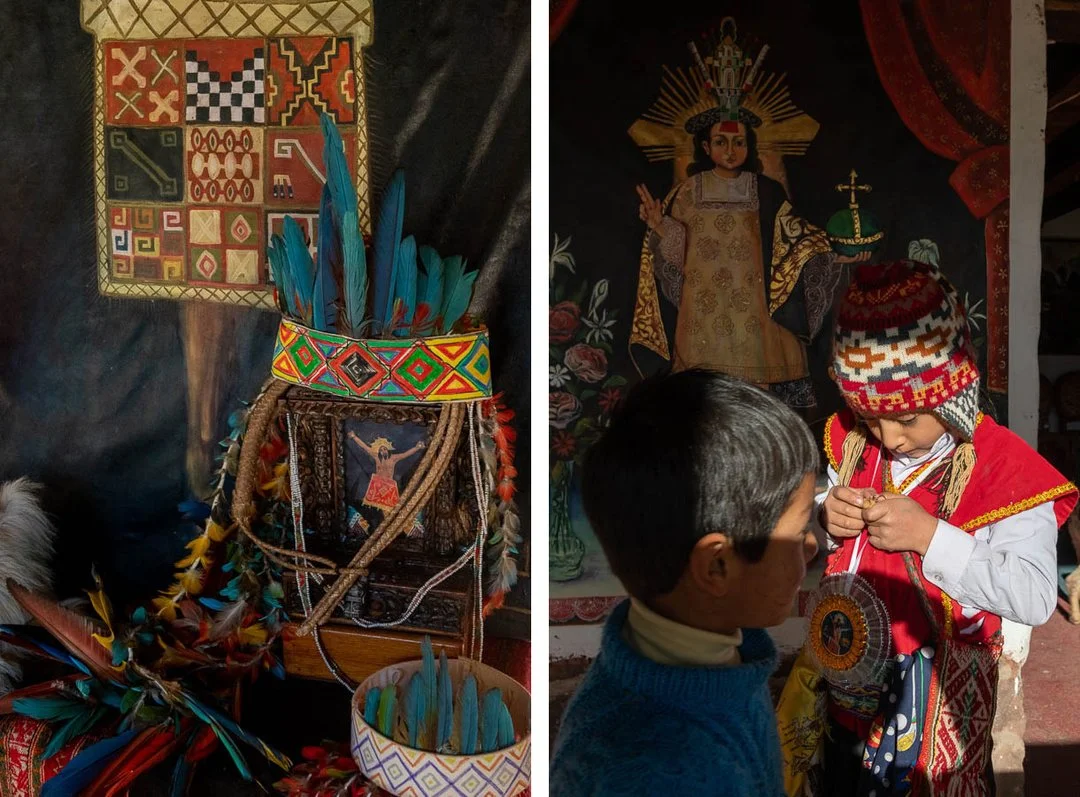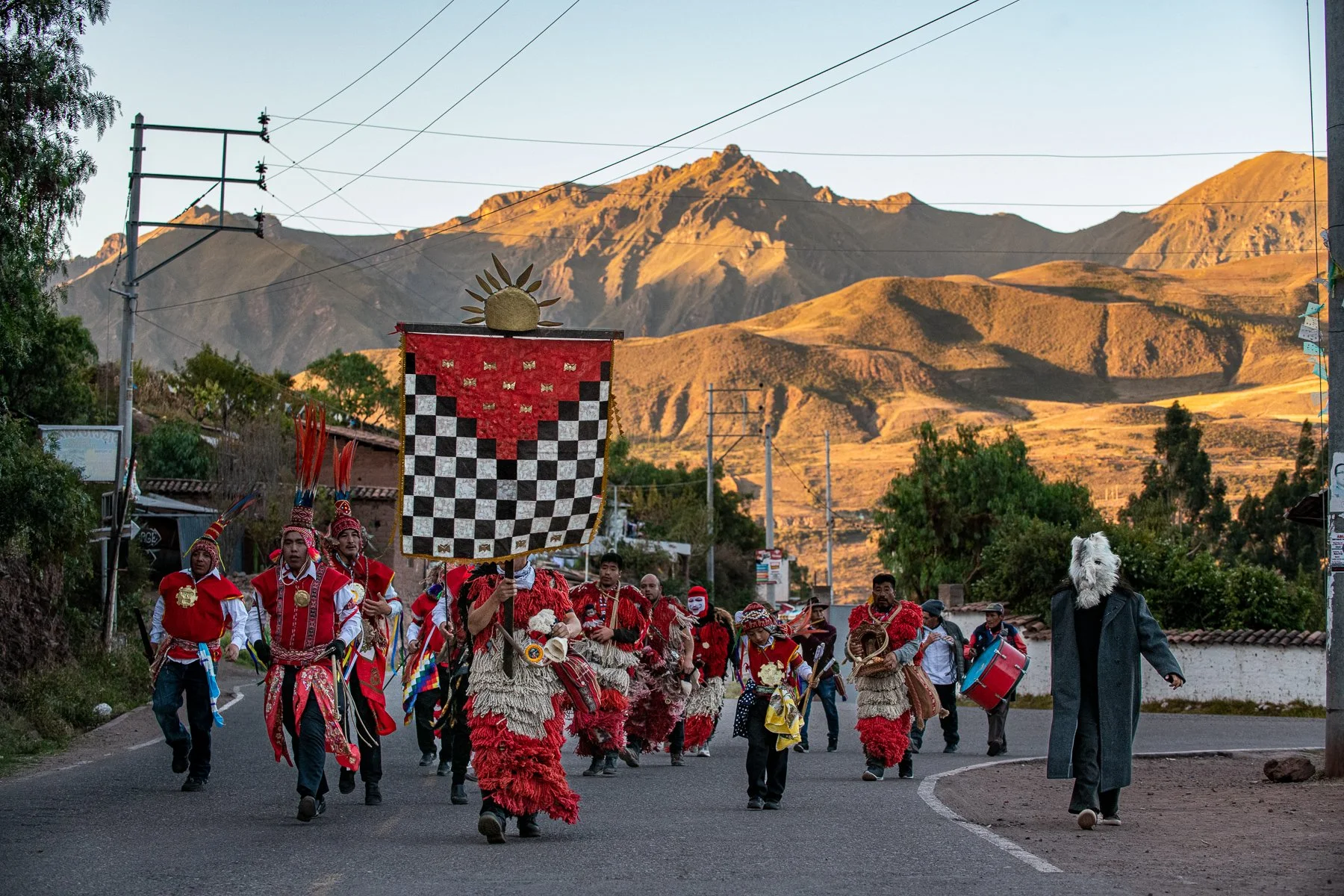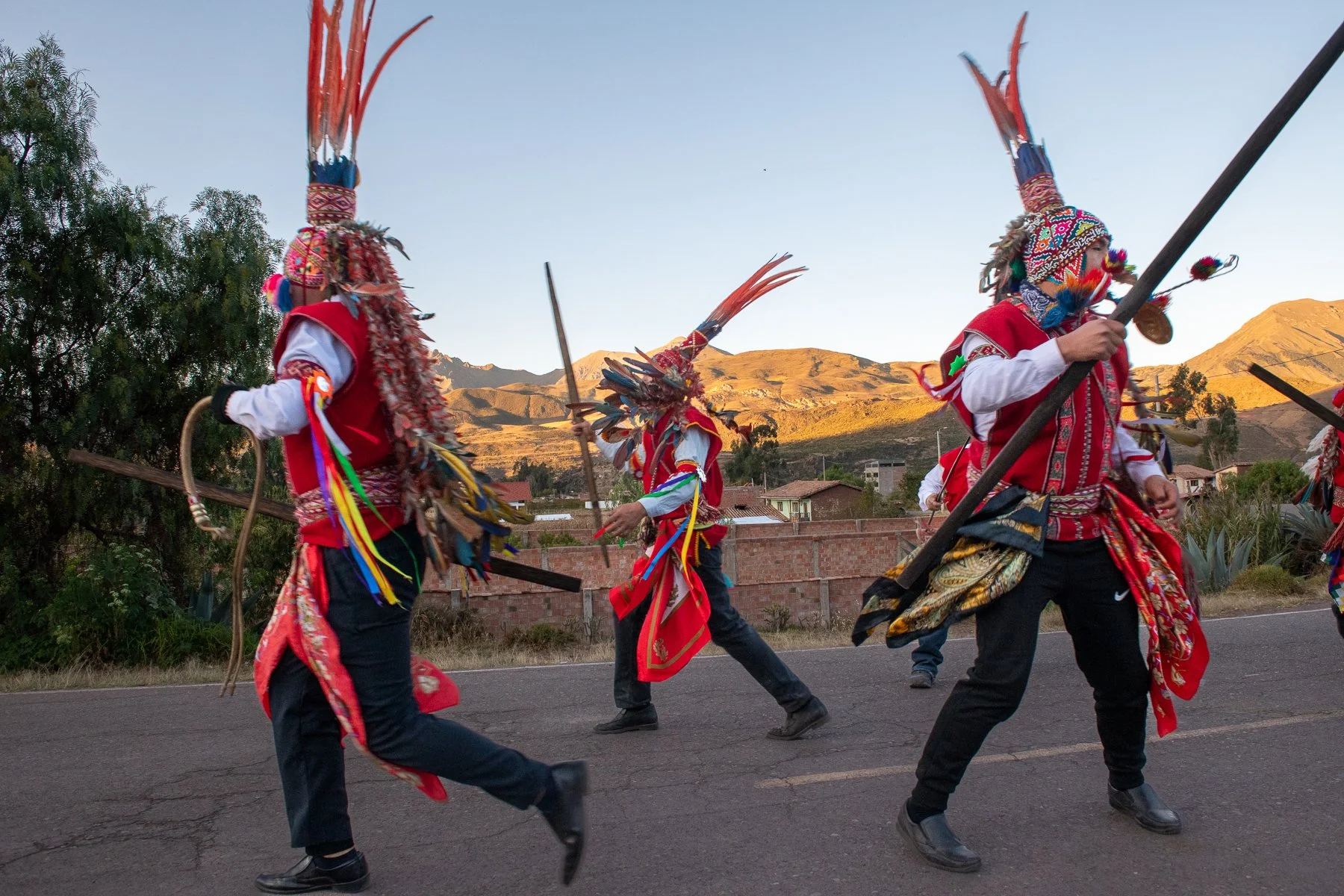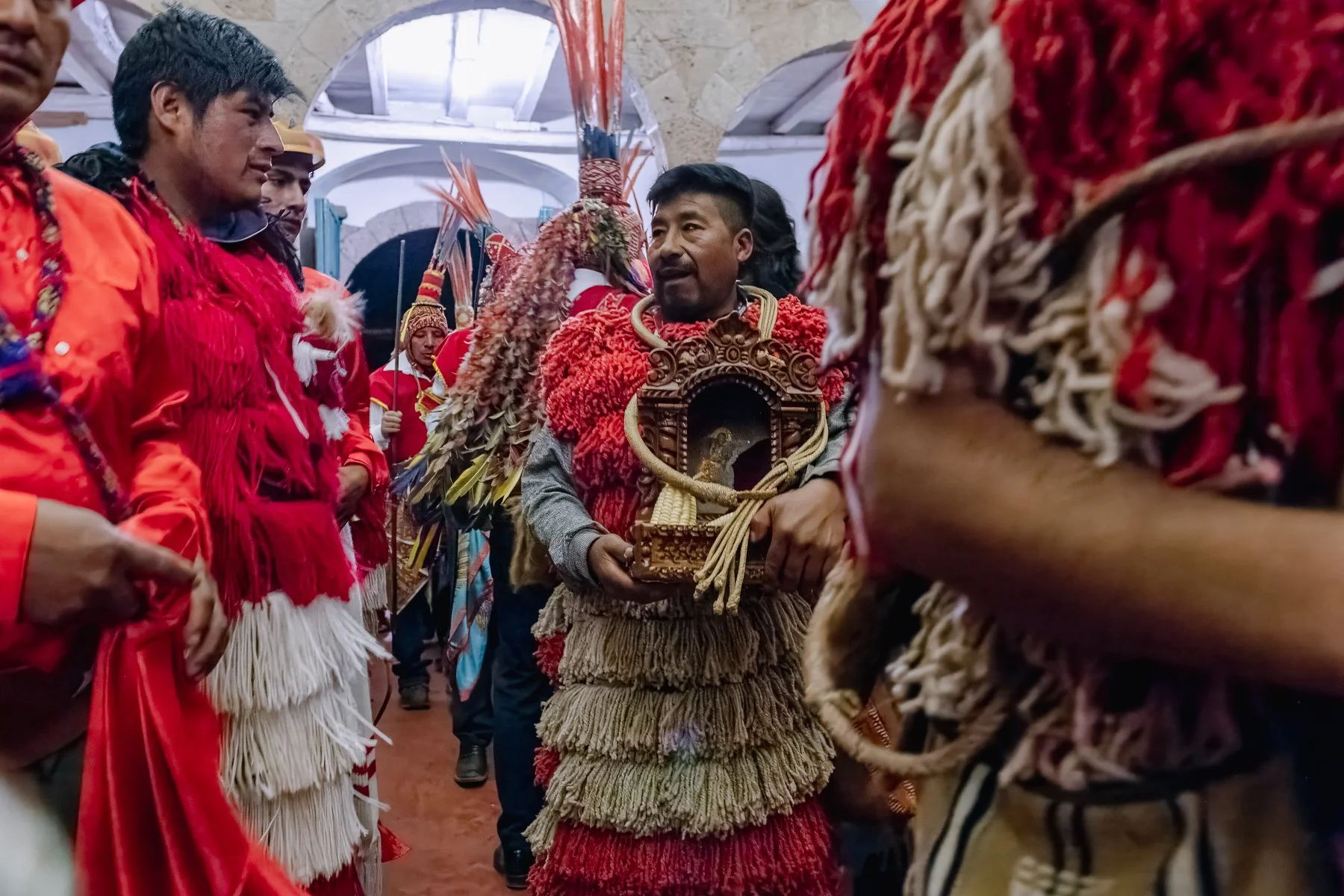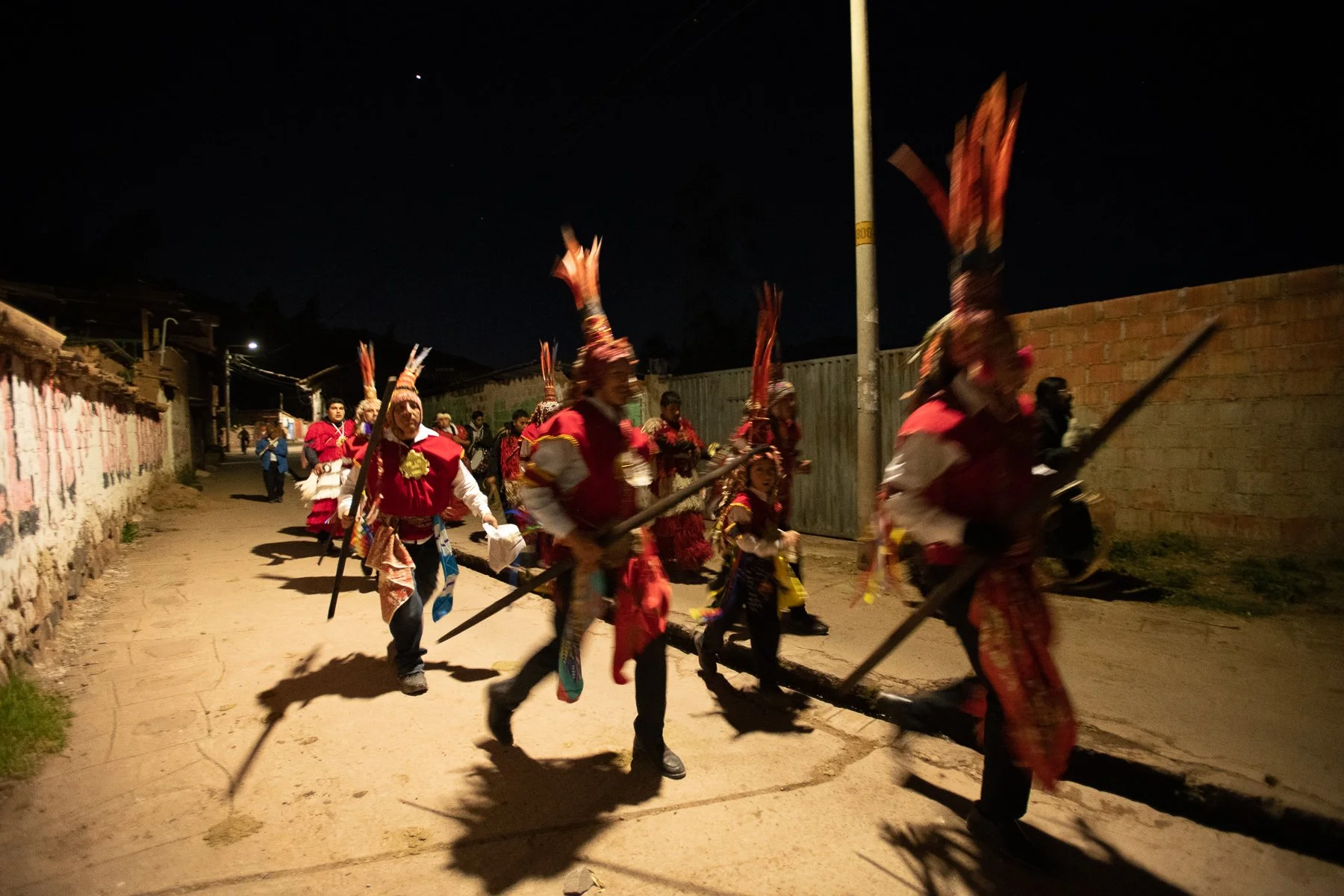Qoyllur Rit’i - Part 1
Hello, and greetings from the Andes.
The last few weeks have been eventful to say the least. I am still processing it all, and it is difficult to put it all into words. So much has happened and there are so many photos to edit and share with you that I think the easiest thing to do is to break it down into parts. This way neither of us gets overwhelmed.
I started thinking about this project nine years ago when I last came to Peru. What attracted me to it was the strength and resilience of the indigenous Quechua people to maintain their culture and traditions in the face of ongoing pressure from the Spanish Catholic system that has ruled here since colonization.
The survival of the culture has relied on their ability to adapt to the new traditions and beliefs imposed on them while maintaining their own. The best example of this I have witnessed thus far is in the celebration of Qoyllur Rit’i.
The pilgrimage of Qoyllur Rit’i has been taking place since at least the time of the Incas and believed to be much, much longer. It is now a syncretic religious festival combining those ancient traditions and beliefs with an overtone of Catholicism being added to it in the 18th century in an effort to convert the people to Christianity.
The people here are agriculturists and herders so their beliefs and traditions are intertwined with nature. The mountains are considered sacred and the highest peaks are each a revered deity (an Apu). The Inca followed the solar and lunar cycles. The most important festivals like Qoyllur Rit’i were celebrated at the full moon.
I will not go into too much detail here but to give you an overview, the three day pilgrimage of Qoylllur Rit’i takes place on the full moon at the end of May/beginning of June when the the constellation of Pleiades reappears on the horizon. It marks the time of harvest, a time of prosperity for the people, and the start of a new year ahead.
Thousands of people from around Peru and neighbouring countries make the pilgrimage to the high elevation Sinkara Valley to give thanks to the Apus, and now Jesus as well, through music, dance and prayer. It is the largest and most important religious festival for indigenous people in South America.
I was invited to join a group from the community of Lucre as they made their annual pilgrimage to Qoyllur Rit’i. This was an honour as it is an important spiritual festivity that is not taken lightly.
I joined them early on the morning of June 3rd in Lucre where the group gathered. The entire day was spent with music, dance and prayer as they, along with other groups, celebrated throughout the community.
After a long day of song & dance, and multiple church services, we gathered to eat and get a few hours of rest on a piece of floor wherever we could find. We then gathered ourselves and our belongings in preparation for the the pilgrimage. We loaded into the back of an open-air transport truck under the light of the full moon and set out at approximately 1am.
The five hour ride through the night was probably the coldest, most uncomfortable ride of my life, and I have experienced a lot of harsh travel conditions throughout the world. It isn’t a pilgrimage without some suffering though, and there would be no shortage of it along the way.
The only thing that alleviated the distress of the moonlight excursion was the hot, distilled alcohol that was periodically passed around and the music that was regularly played to lift our spirits and bring its own warmth.
These are a few of the photos from that first day of celebration in Lucre and the journey to Mahuayani where the pilgrimage begins. Keep an eye out for more updates in the coming days as I will share the rest of the pilgrimage and festivities with you then.
I hope you are enjoying making this journey along with me, and as always, much thanks.
MB


